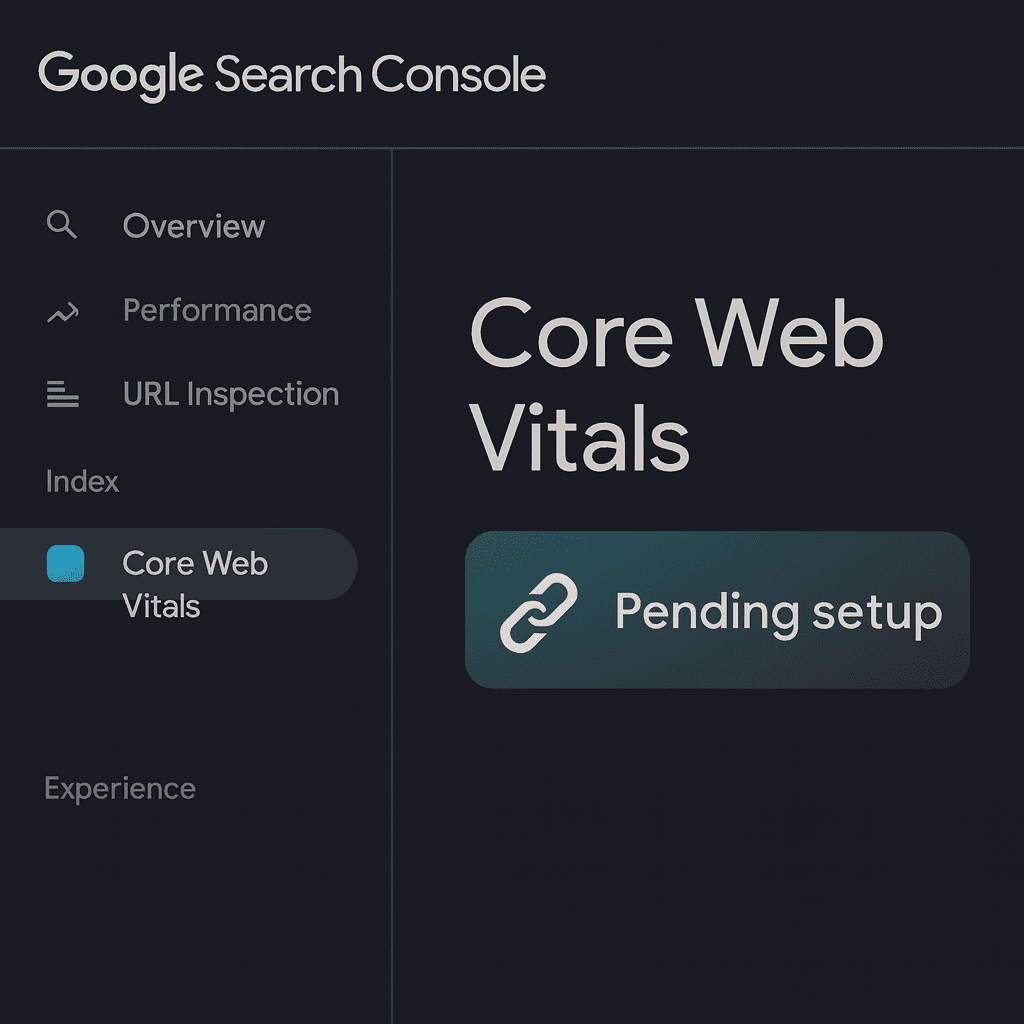Site Structure for SEO: Why it Matters | Module 2.2
A flat site structure makes it easier for Google and users to navigate your site. Learn why it matters for SEO and how to fix common mistakes.

Site Structure for SEO: Why it Matters | Mod 2
Excerpt: A flat site structure makes it easier for Google and users to navigate your site. Learn why it matters for SEO and how to fix common mistakes.
What Is a Flat Site Structure?
A flat site structure means that every page on your website is only a few clicks away from the homepage. Instead of burying content deep in folders, you keep the navigation simple and clear.
This helps both:
- Google → can crawl your site faster and index more pages
- Visitors → can find what they want without frustration
Why It Matters for SEO
1. Faster Crawling Search engines don't waste crawl budget digging through endless subfolders.
2. Better Indexing Important pages (services, guides, blog posts) are discovered quickly.
3. Improved Rankings Internal links spread authority evenly, giving every page a better chance to rank.
4. User Experience Visitors are more likely to stay and convert if your site is easy to navigate.
How to Check Your Site Structure
- Open your homepage
- Click through to any page
- Count the clicks from homepage → target page
- If it's more than 3 clicks, your structure may be too deep
For a full check, run a crawl with a free tool like Screaming Frog SEO Spider.
How to Fix It
- Keep your main pages in the top navigation (Home, About, Services, Blog, Contact)
- Use internal links inside posts to connect related content
- Avoid unnecessary folder nesting in your URLs (e.g.
/blog/2025/09/seo-tip→ simplify to/seo-tip) - Add a sitemap and submit it to Google Search Console for quick discovery
Quick Check
- ✅ Can a visitor reach any service page in 3 clicks or less?
- ✅ Are blog posts no deeper than
/blog/post-name/? - ✅ Is your sitemap up to date and submitted to Google?
If yes → you're flat and SEO-friendly.
What is a Canonical URL Small Sites
What is a CMS and How It Helps with SEO
← Module 1: Make Sure Google Can See You
→ Module 3: Keyword & Content Planning (coming soon)



